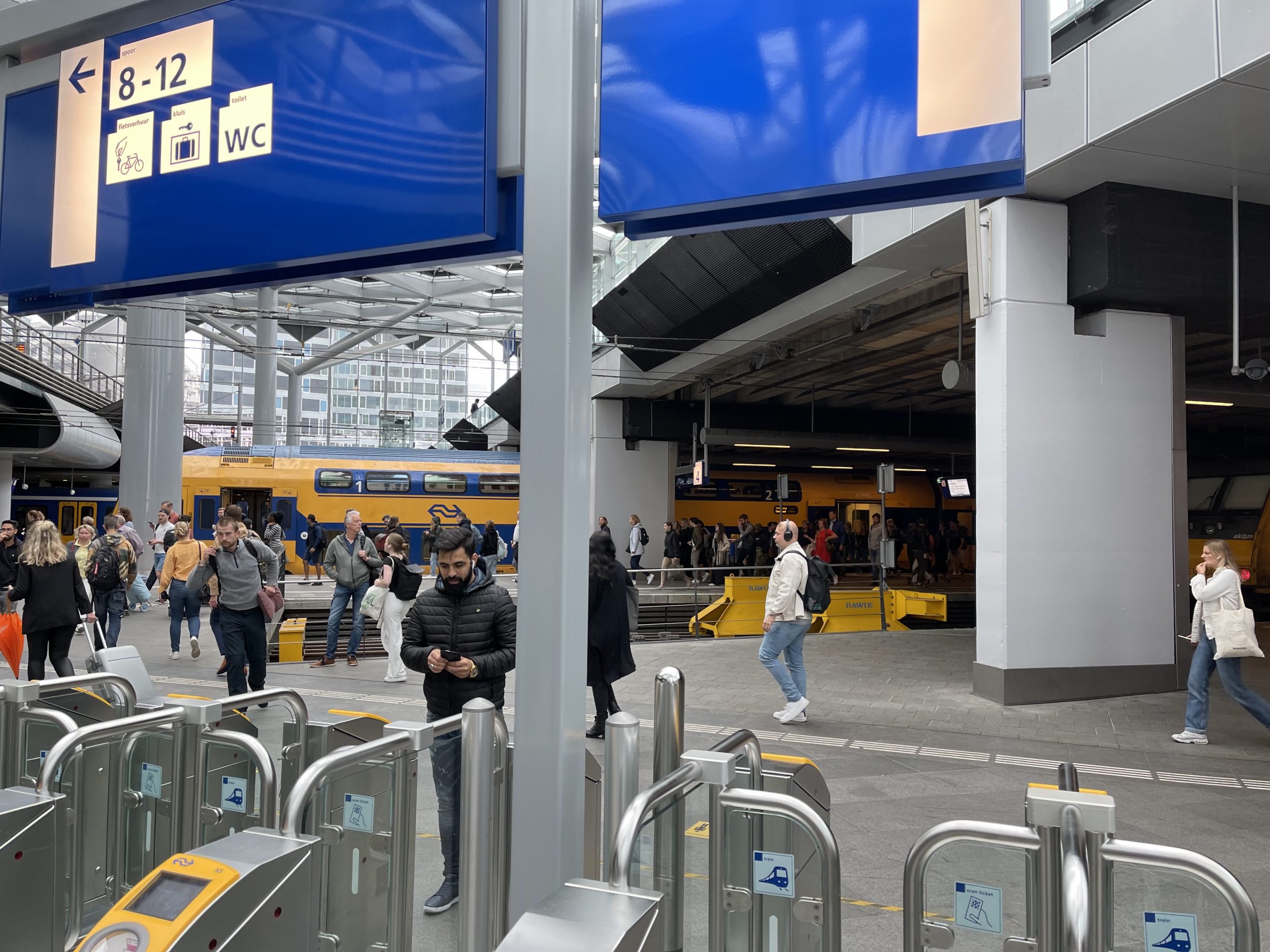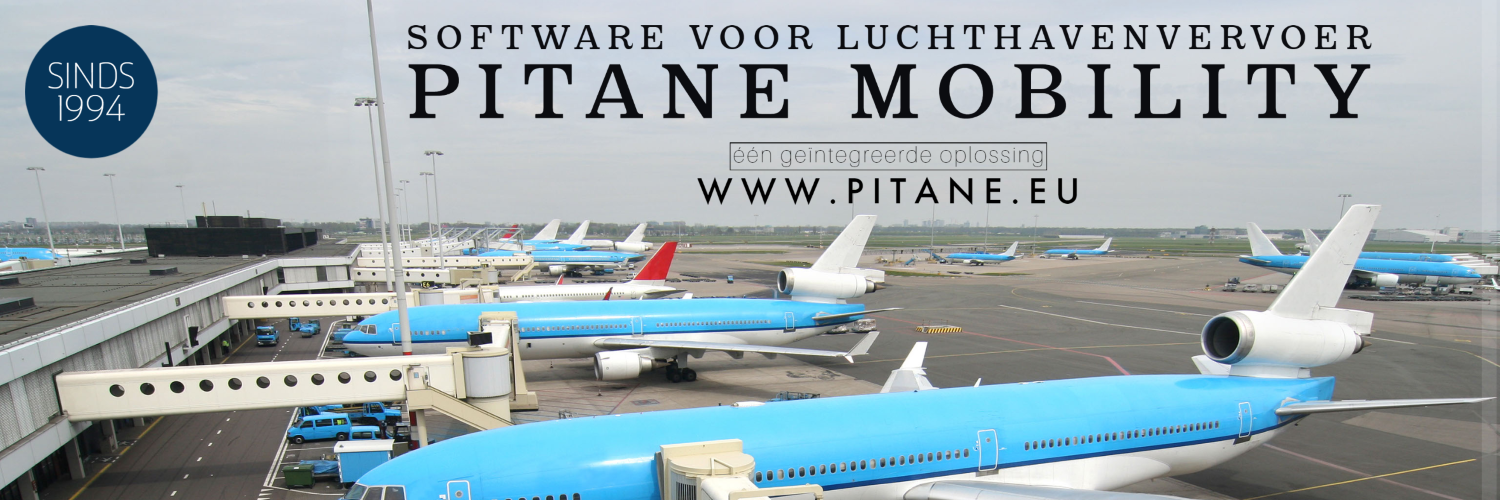And miles of track flew beneath us.
Gone are the days when the train keeps racing from station to station. From 5 September, NS will use considerably fewer trains and weaken its timetable. A number of important structural adjustments, by cutting the number of trains this autumn, should make the timetable more feasible, taking into account the expected staff shortage.
When choosing adjustments, the rail operator has taken the new travel patterns and passenger numbers since corona into account as much as possible. At least, that is the official statement by NS in a letter to passengers. By adjusting the timetable, they can deploy trains at more logical times, and we prevent trains that are almost empty, as is often the case on Wednesday and Friday mornings.
And waited ten minutes for the train.
That period is over. The most important changes as of 5 September are that on working days they will run an Intercity every 10 minutes, whereas this is now every 20.00 minutes. From 22.00 p.m. they will run with fewer trains, where it is currently from XNUMX p.m. and on weekends Intercity's and Sprinters run every half hour, where this is now every XNUMX minutes. The changes may mean more frequent transfers, especially on weekends and evenings.
understanding among travelers
The carrier understands that they rely on the understanding and flexibility of the traveler. The changes could mean that trains will soon be busier and that passengers will have to transfer more often, especially during off-peak hours than they are already used to.
The timetable for 2023 is also being revised by NS. The current timetable is still based on the significantly higher passenger numbers in 2019. NS wants to inform passengers in good time about the changes that will take effect as of December 2022. The NS app recently offered the option of receiving push notifications about changes on a route. After planning your trip, choose 'Turn on notifications' so that you are always aware of any changes.

As a rail manager, ProRail allocates the capacity annually. Now that NS has indicated that ten percent fewer trains will run next year, they will investigate how they can use the freed up space on the track for other carriers.
Investments
ProRail understands NS's decision to run fewer trains. They see the changed circumstances at NS due to fewer passengers and a staff shortage. Prorail also faces similar challenges. At the same time, they see that freight transport is growing and the forecasts show that passenger transport will also grow rapidly in the longer term. For Prorail, major investments in rail remain unavoidable.
“The railway keeps our society and economy moving. We have strong ambitions for rail, in which rail traffic makes an important contribution to the accessibility of (new) residential areas and the climate objectives. This is a huge task that we as a whole sector face together. All projections show that the population will increase by more than a million people in the coming years. In any case, this means significant growth for freight and passenger transport.”
John Voppen, CEO of ProRail
Rail projects have a long lead time. Decisions taken now will be reflected in the railways in 10 to 15 years' time. That is why they also ask the cabinet to make choices. The first focus must be on the quality of the existing track: management and maintenance are necessary to maintain the condition and safety of that track. In addition to the robust basis, it is necessary that they get even more out of the current rail network with innovations and digitization. Prorail wants to take new steps with the sector.



